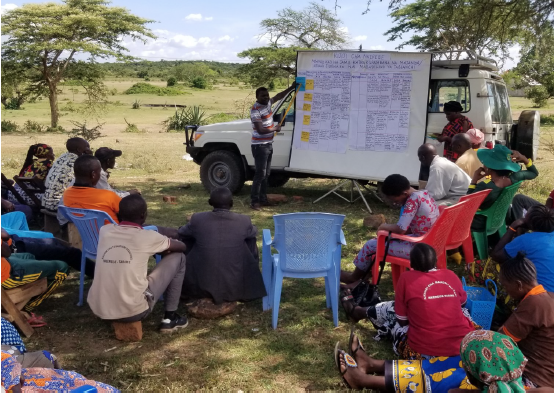Report on Impacts of Green Revolution Technologies on small-scale farmers in Tanzania
The past five years a significant number of programmes have been launched in coordination of public and donor institutions with the aim to commercialize and modernize agriculture using Green Revolution methods. Whilst professing to carry Tanzania’s agriculture into prosperity the emphasis of these programmes clearly lies on competitive private enterprises, economies of scale and standardizing consumption patterns, leaving small scale farmers - which account for 75% of the economically active population – with no place in this plan. Hidden in sheep’s clothing Green Revolution (GR) methods are promoted as vectors of so called “sustainable intensification” (a term initially developed by promoters of agroecology and hijacked by supporters of conventional agriculture in order to cause misinterpretation). But unfortunately the short-term gains provided by such methods result in serious drawbacks for farmers and the environment in the long run. The real costs of the success of farmers and businesses using GR methods are often hidden but will show themselves eventually in the form of social dislocation and marginalisation as well as ecological damage to the agro-ecosystem.
Whilst the modernisation of agriculture is heavily promoted by development and public actors, there is lack of support for agro-ecological practises which ensure a more inclusive and democratic control and usage of the natural resources and which can guarantee sustainable improvements for farmers.
But which have been the interventions of GR technologies so far in Tanzania and what impacts have they afforded? What conclusions can be drawn and which proposals made towards a more sustainable future?
With the help of Sustainable Agriculture Tanzania (SAT) and National Networks of Farmers’ Groups in Tanzania (MVIWATA) the African Centre for Biosafety (ACB) conducted a research to provide answers to the above questions giving a thorough report on the current situation of important regions in Tanzania and the impact of Green Revolution technologies on small-scale farmers.
You can download the report here:African Centre for Biosafety Report on impacts of GR Interventions in Tanzania (English)Shirika la Afrika la Usalama -Riporti ya Utafiti (Kiswahili)






